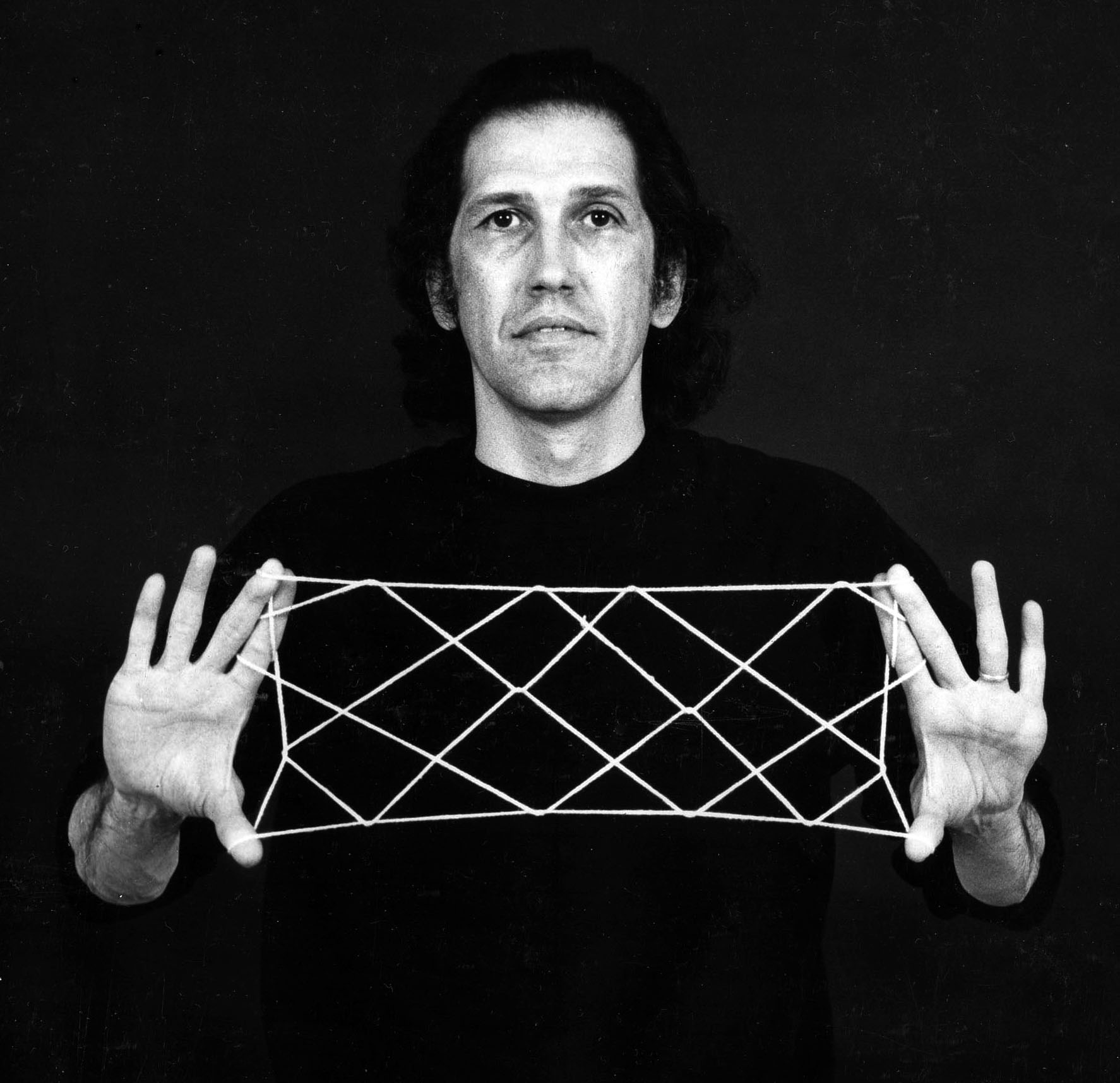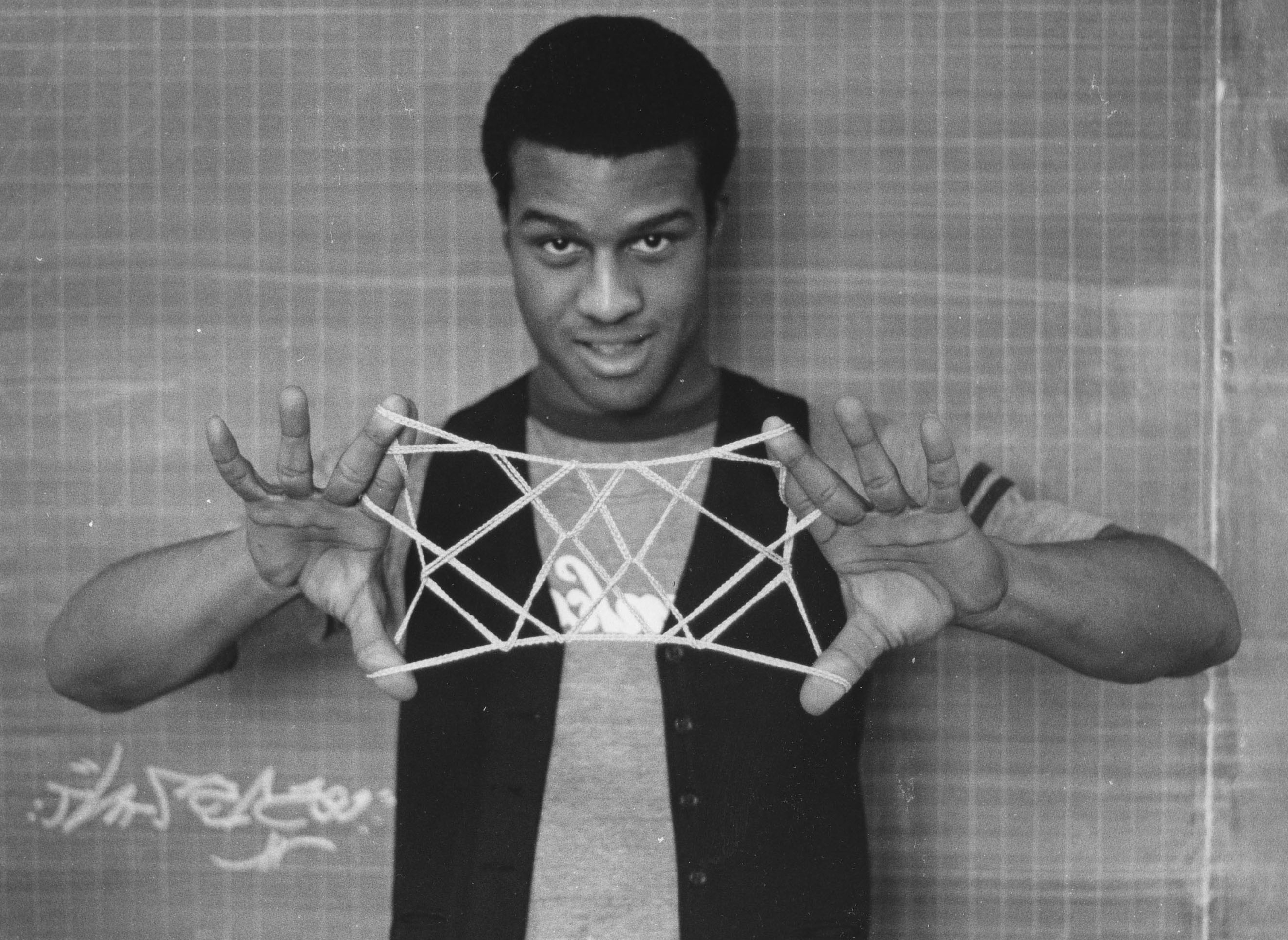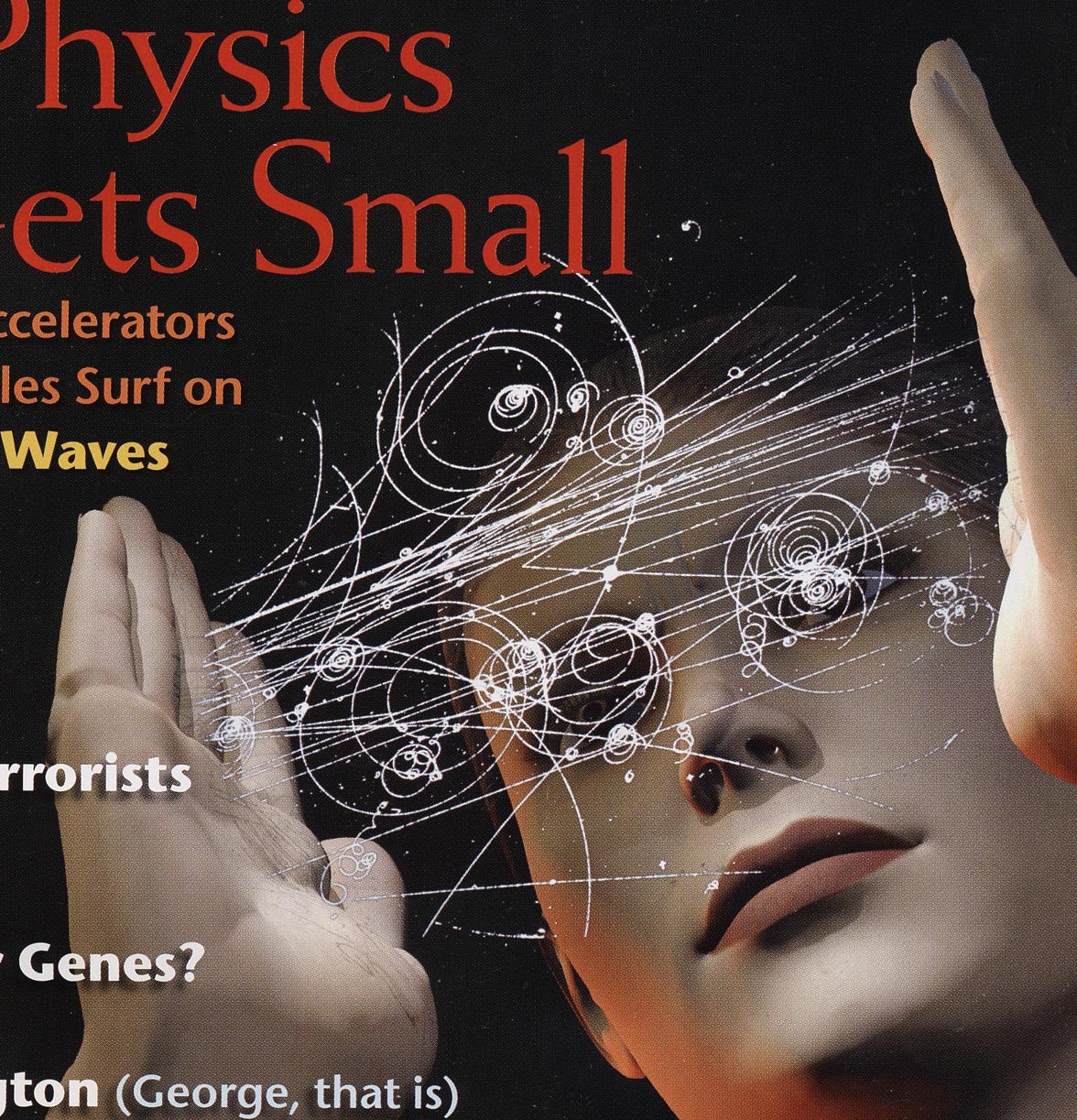prototype ten men
Ten men was first described in 1906 by Caroline Furness Jayne.
i divide its construction sequence into five distinct phases: Forming the Loom, Weaving, Resetting the Loom, Weaving Again, and Extending the Figure:
Forming the Ten Men Loom
- Begin with Opening A (fig. 1, Step 1).
- With your mouth reach over all the strings and return with the far little finger string (Step 2).
- With your right index reach over the right mouth string, pick up the left mouth string and return (Step 3).
- With your left index pick up the right mouth string and return (Step 4).
- Release the mouth loop and the loop on each thumb and extend (Step 5). You now have the Ten Men Loom. The upper and lower near index strings should run directly from hand to hand without crossing. These two strings will become the frame lines of the finished pattern.
- With each thumb reach under both index loops, pick up the near little finger string, and return (Step 6). This step constitutes the FIRST PART OF THE WEAVE.
- Now FINISH THE WEAVE: With each thumb pick up the upper near index string, keeping it above the loop already on the thumb (Step 7).
- Navaho the thumb loops (Step 8).


Weaving (first iteration)

Resetting the Loom
- On each hand release the upper index loop and extend (Step 9).
- On each hand transfer the thumb loop to the index finger (without inverting or twisting the loop), keeping the transferred loop above the loop already on each index (Step 10).
-
FIRST PART OF THE WEAVE: With each thumb reach under both index loops, pick up the near little finger string, and return (Step 11).
- FINISH THE WEAVE: With each thumb pick up the upper near index string, keeping it above the loop already on the thumb (Step 12).
- Navaho the thumb loops (Step 13).
Weaving (second iteration)

Extending the Figure
- With each middle finger reach over the upper far index string and pick up the (lower) near index string.
- Release the little finger loops and extend with palms facing away from you (Step 14).

When extended you should have a web or net formed between your hands with ten X’s in it. Each of these X’s represents a man doing a side-straddle hop exercise and that is the derivation of the name Ten Men. Instruct your students to practice this figure until they have memorized how to form it. It is the heart of the system i am proposing .
As the students practice making the figure, i emphasize the division of the sequence into phases (setting up the loom, weaving, resetting the loom, weaving again, and extending). The reason for this division is to introduce the concept of systematically altering each phase — a technique which leads to an almost infinite series of different designs.
things to consider
once you master this figure you are ready to begin to turn your knowledge into a system of making similar figures. next we will investigate changing the weaving patterns to form different figures..



